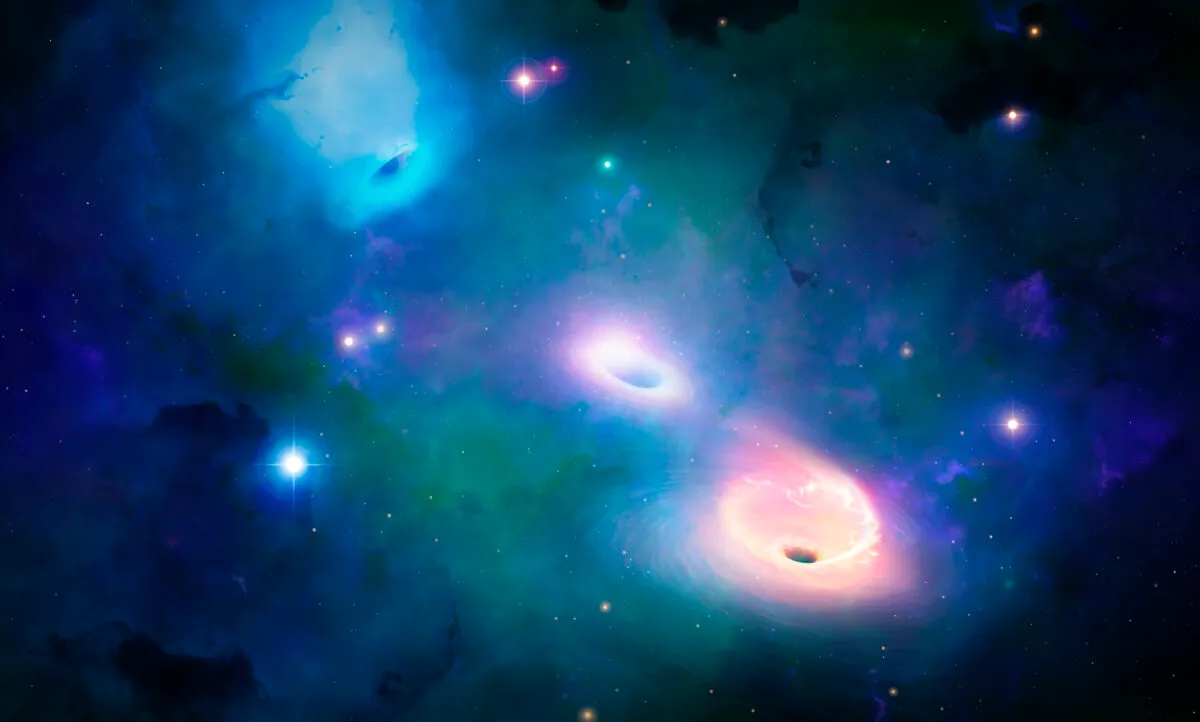We've all heard of the concept of wormholes in space: passages through space and time that instantly transport someone or some thing to another dimension.
But are wormholes real? Could they actually exist?
Put simply, wormholes are shortcuts through space-time.
In principle, it’s possible to enter one mouth of a wormhole, travel a short distance through its tunnel, and emerge from the other mouth on the far side of the Galaxy, perhaps through a white hole.
More cosmic conundrums:
- What would happen if you fell into a black hole?
- Is teleportation possible?
- Is there sound in space?

Remarkably, wormholes are possible in theory according to Einstein’s general theory of relativity. Unfortunately though, their mouths snap shut as soon as they are created.
However, American physicists Kip Thorne and Michael Morris discovered in 1988 that the mouths could be propped open with ‘exotic matter’, and the wormhole made traversable.
Nobody knows whether this exotic matter, which has a gravitational repulsion rather than attraction, even exists.
However, if it does, a team led by the American physicist John Cramer discovered in 1995 that, with it, a wormhole might be detectable.
If the mouth of a wormhole containing exotic matter passes between a distant star and the Earth, its repulsive gravity should cause the star’s light to dim.
However, immediately before and after the objects are aligned, light is focused.
Consequently, the passing wormhole’s mouth should cause a star’s light to brighten, fade and brighten again.
In February 2006, a team led by the physicist Kamal Kanti Nandi in China pointed out that if the supermassive black hole at the centre of our galaxy was a wormhole, it could create two images of a distant star.
However, these images would be just 17 millionths of an arcsecond apart. This is way beyond our current observing capabilities, but it might be attainable in the future.
